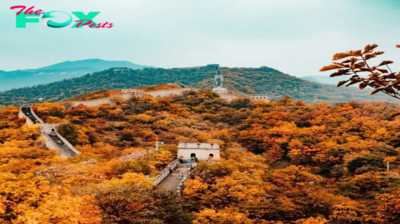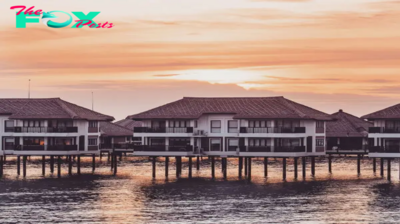Travel
5 Stunning Luxury Heritage Hotels in Asia and Their Stories
If you can’t get enough of heritage places full of stories and characters, Asia boasts a number of intriguing hotels and resorts that will put you in the luxury of exotic accommodations. Here are five of the most beautiful heritage hotels in Asia and the stories why each one of them is cool.
Perusing the Travel journals of a bygone epoch, the attractions of the far east were as invariably tagged to the exotic destinations as the fabled homes away from home along these oriental routes. With the expansion of colonialism came the flourish of trade and commerce and where there are the Travelling rich, there will be opulent hotels to cater to their imperial expectations.
Fast forward to the 21st century and the fetish for colonial heritage has remained robust. A string of these alabaster grandees unsurprisingly survived into the modern age, and having been visited by the celebrities of yore – Maugham, Coward, Greene et al – their reputations still greatly augmented in this modern era. Many of them have become the mantleplace trophies of various hotel groups. The French group Accor currently has the Raffles brand under its belt, with the original Sarkies-raised Raffles Singapore and Cambodia’s erstwhile Grand Hotel d’Ángkor operating as its historic flagships. The central gem on Mandarin Oriental’s eastern crown is ostensibly the MO Bangkok, another storied relic that opened its doors as The Oriental in 1876.
The only Asian grand hotel close to the 100-year mark that still maintains its independence and much of its resplendence is The Peninsula Hong Kong. Originally marketed as “the finest hotel east of the Suez”, not only is this Italianate landmark still owned by the founding Kadoorie family, it has been renovated multiple times and has spawned a very successful chain of luxury hotels internationally, each with its own distinct style.

Old Is New, New Is Old?
Staying true to its roots and maintaining world class service standards have contributed monumentally to the success of the Peninsula brand as multitudes still dutifully flock to the atmospheric tea parlour of its Hong Kong flagship to indulge in its history and traditions. This level of commercial viability has invariably led to a proliferation of “heritage hotels” in Asia (with varying degrees of success) and, in some circumstances, these replications are more mandatory than aspirational. In the Unesco Heritage-listed city of Georgetown, Penang, all new buildings have to adhere to strict Unesco guidelines that do not allow them to look anything but colonial.
When Tommy Koay, director of The Prestige Hotel Penang, initially acquired the building’s site in 1996, it was an undeveloped parcel of land. He had envisioned a modern hotel with a design-centric boutique feel, which was rare for the city at the time, but had to comply with Unesco guidelines that mandated the integration of a heritage façade that blended seamlessly with the surrounding. “It was ironic because the site is largely surrounded by industrial buildings,” he says. “We did not deliberately raise a colonial replica to cash in on the Unesco heritage status of Penang. We simply had to.”

Like many Unesco Heritage sites in Asia, Penang is an erstwhile colonial settlement and the island is a gratifying repository of all things quaint and delicious. Like the Prestige, The George is another imposing colonial style hotel that has only recently sprung up against Georgetown’s skyline. Most tourists seeing new hotels like The Prestige and The George for the first time will assume that they are restored grandees, which raises the jackpot question – what really makes a heritage hotel a heritage hotel?
Mondi Mecja, country general manager of Ascott Malaysia, defends The George’s heritage status.
“The George Penang is part of our Crest Collection which provides guests with a storied and luxurious experience drawn from the distinct heritage of each property and its location,” he says. “The George was built in strict adherence to Unesco guidelines following the Unesco Heritage Listing of Georgetown and our incorporation of local cultural elements, traditions, and historical narratives into the hotel’s design, decor, and services contributes to its recognition as a heritage establishment. It may not be an old building but our continual commitment to historical preservation, cultural enrichment and community involvement will strengthen its heritage status.”


Old Is Gold
Along the heritage spectrum in Asia are the independent hotels crafted out of traditional buildings in private hands. Fortuitously handpicked for restoration by owners who invariably fell in love with what they saw and salvaged, these historical edifices often come with the forgotten tales of a bygone era.
With their restoration and new use, a page of History can now be preserved and updated for the hospitality rigours of our current age. One such property is the 137 Pillars House Chiang Mai, featuring a restored old teak house once owned by Anna Leonowens, teacher to the royal children of Siamese monarch King Mongkut.

Built in 1883, the building exemplified 19th century Lanna architecture and its affiliation with the Borneo Company Limited from the late 1880s to the early 1960s provided invaluable insight into the teak industry and the teak wallahs that came to northern Thailand.
Shares Anne Arrowsmith, general manager of 137 Pillars House Chiang Mai: “Built with Thai teak, the old house required considerable work to correct the subsidence, water damage and general neglect that has set in over a century. Thanks to the vision of the owning family, preservation and restoration took precedence over time, efficiency and cost considerations. The house now forms the recreational heart of the hotel and adds charm, style and a historical context that can’t be replicated.”

Over at the Unesco Heritage site of Luang Prabang, Satri House is a royal mansion that was acquired by Businesswoman Lamphoune Voravongsa and transformed into a charming boutique hotel. The original building on the Satri House property was built in 1904 by the parents of Prince Souphanouvong, who spent his early life there and later became Laos’ first president.
Voravongsa bought the property after the city was designated a Unesco site in 1995, believing that, with the increased interest in Luang Prabang as a Travel destination, there would be a market for a heritage hotel like Satri House. She says: “Converting the original house into a hotel also meant the History and heritage of the building is preserved and so is the story of Prince Souphanouvong.”

The significance of architecture continues to captivate successive generations with lingering details of the past both material and abstract. Maybe the definition of a heritage hotel needs to be scrutinised further for more accurate and meaningful classifications within the industry’s indexes but our penchant for historical hotels is unlikely to abate whether they be restored grandees or enthusiastic replicas.
The trend to convert old derelicts into new addresses is nonetheless a felicitous development if the restoration is proper and the end product is sincere. For better or for worse, the amalgamation of architecture, grandeur and hospitality seems to be a preferred election of developers and the travelling rich of the modern age.
-

 Travel6d ago
Travel6d agoEurope’s Last Wilderness: The Ancient Forest of Bialowieza That Time Forgot
-
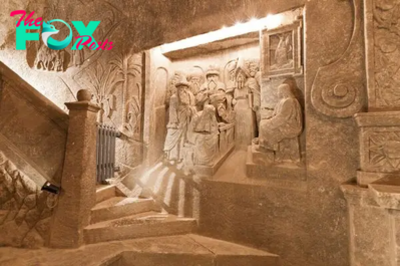
 Travel6d ago
Travel6d agoThe Hidden World Beneath a Small Polish Town: Wieliczka Salt Mine
-

 Travel1w ago
Travel1w agoEverything You Should Know about Visiting Pulhapanzak Waterfall
-

 Travel1w ago
Travel1w agoBest Things to Do at Lake Yojoa in Honduras
-
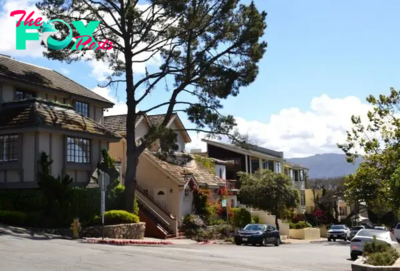
 Travel1w ago
Travel1w ago6 Things to do in Carmel By the Sea: Californian Amtrak Adventures
-
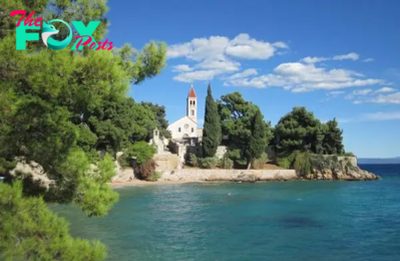
 Travel1w ago
Travel1w ago12 Fun Things to do in Brac, Croatia
-

 Travel1w ago
Travel1w ago12 Best Things to do in Korcula Island, Croatia
-

 Travel1w ago
Travel1w agoHow Moraine Lake’s Turquoise Waters Are Captivating Travelers




